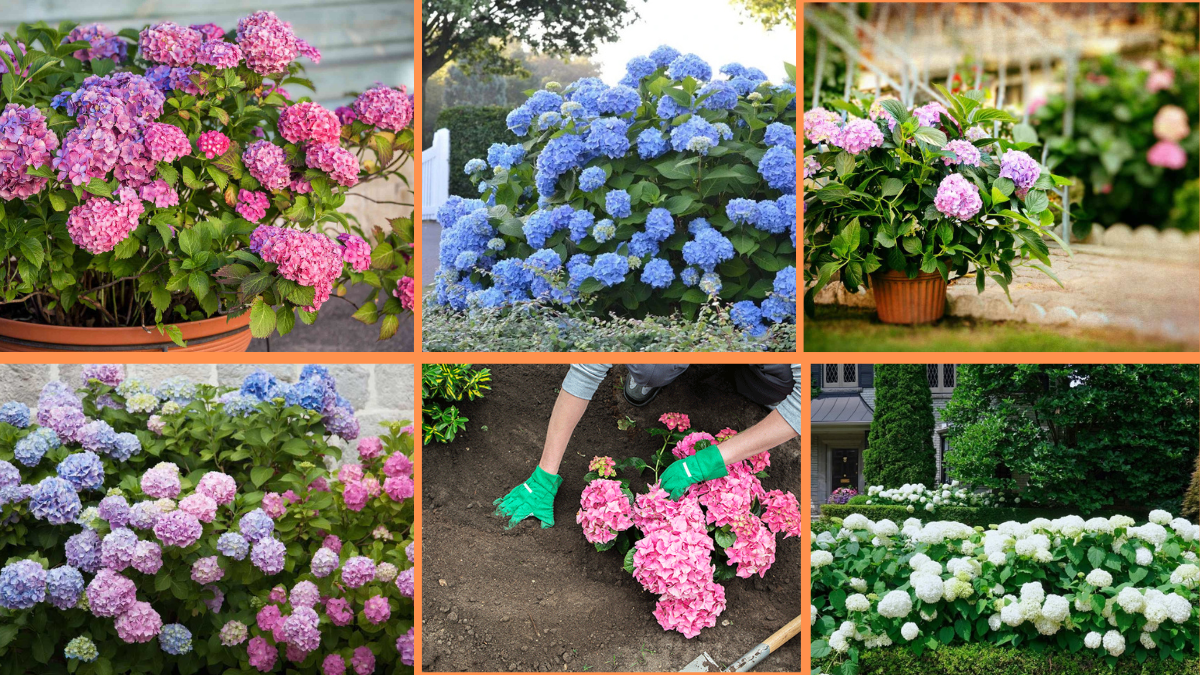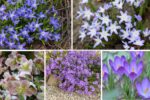Hydrangeas are beloved by gardeners all over the world for their lush foliage, stunning clusters of blooms, and classic cottage garden appeal. These versatile shrubs can instantly elevate the charm of any garden, with flowers ranging from dreamy blues to soft pinks and even crisp whites — often on the same plant, depending on your soil’s pH!
If you’ve ever admired a neighbor’s hydrangeas and wished to grow your own, you’re in luck. With a little attention and the right techniques, hydrangeas are surprisingly easy to care for. In this guide, we’ll share 10 essential tips to grow hydrangeas successfully in your garden and enjoy spectacular blooms year after year.

1. Choose the Right Hydrangea Variety
Not all hydrangeas are the same, and selecting a type that suits your climate and garden style is the first step toward success.
Common Hydrangea Types:
- Bigleaf Hydrangea (Hydrangea macrophylla): Known for their ability to change color based on soil pH. Best for USDA Zones 6-9.
- Panicle Hydrangea (Hydrangea paniculata): Cone-shaped white blooms that turn pinkish with age. Hardy and sun-loving.
- Smooth Hydrangea (Hydrangea arborescens): Native to North America with large white flowers. Good cold tolerance.
- Oakleaf Hydrangea (Hydrangea quercifolia): Distinctive oak-shaped leaves and cone-shaped blooms. Excellent for shade gardens.
Pro Tip: Research which varieties thrive in your hardiness zone and garden conditions before planting.
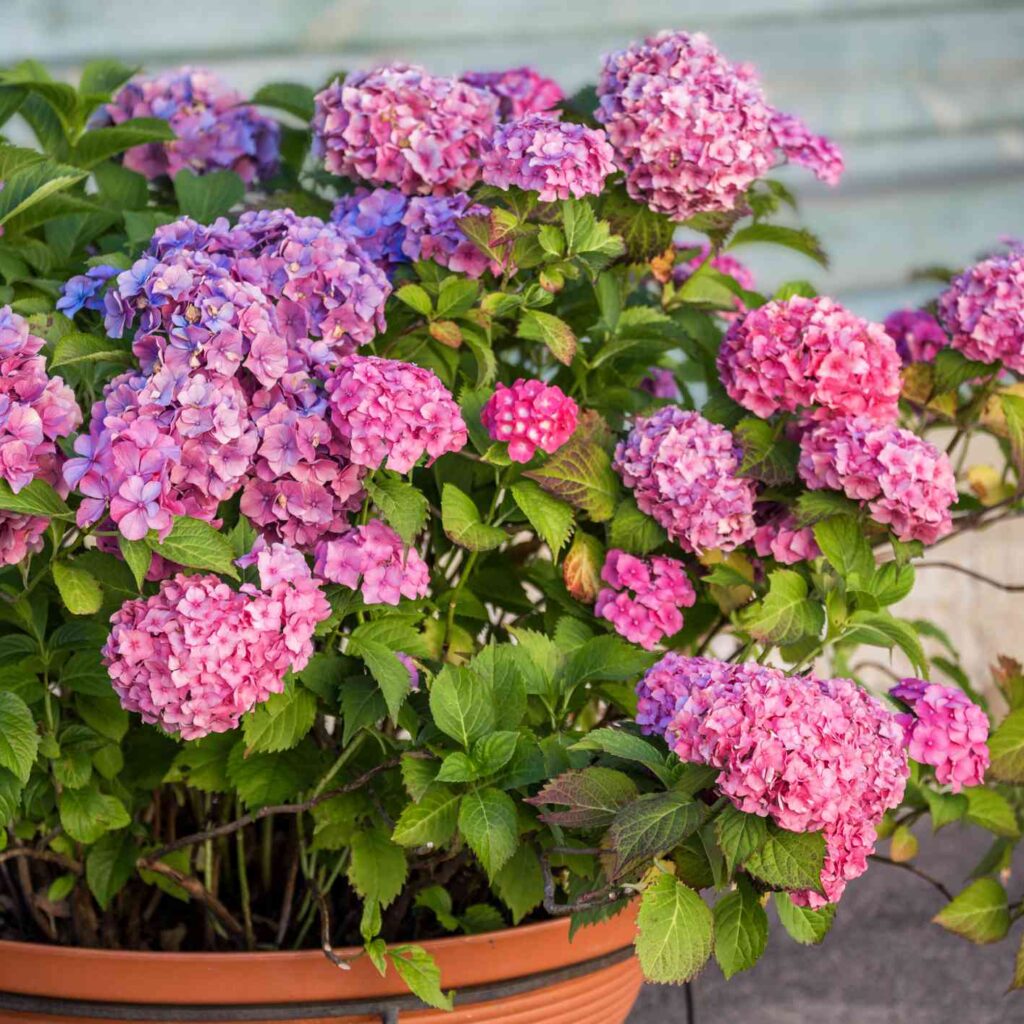
2. Plant in the Perfect Spot
Hydrangeas love locations that offer morning sun and afternoon shade — especially in hotter regions. Too much sun can scorch leaves and flowers, while deep shade may limit blooming.
Ideal Planting Conditions:
- Soil: Rich, loamy, well-draining soil.
- Light: 4-6 hours of morning sun, dappled afternoon shade.
- Shelter: Protect from harsh winds that can damage large blooms.
Bonus: Avoid planting near trees with aggressive root systems, as they compete for nutrients and moisture.
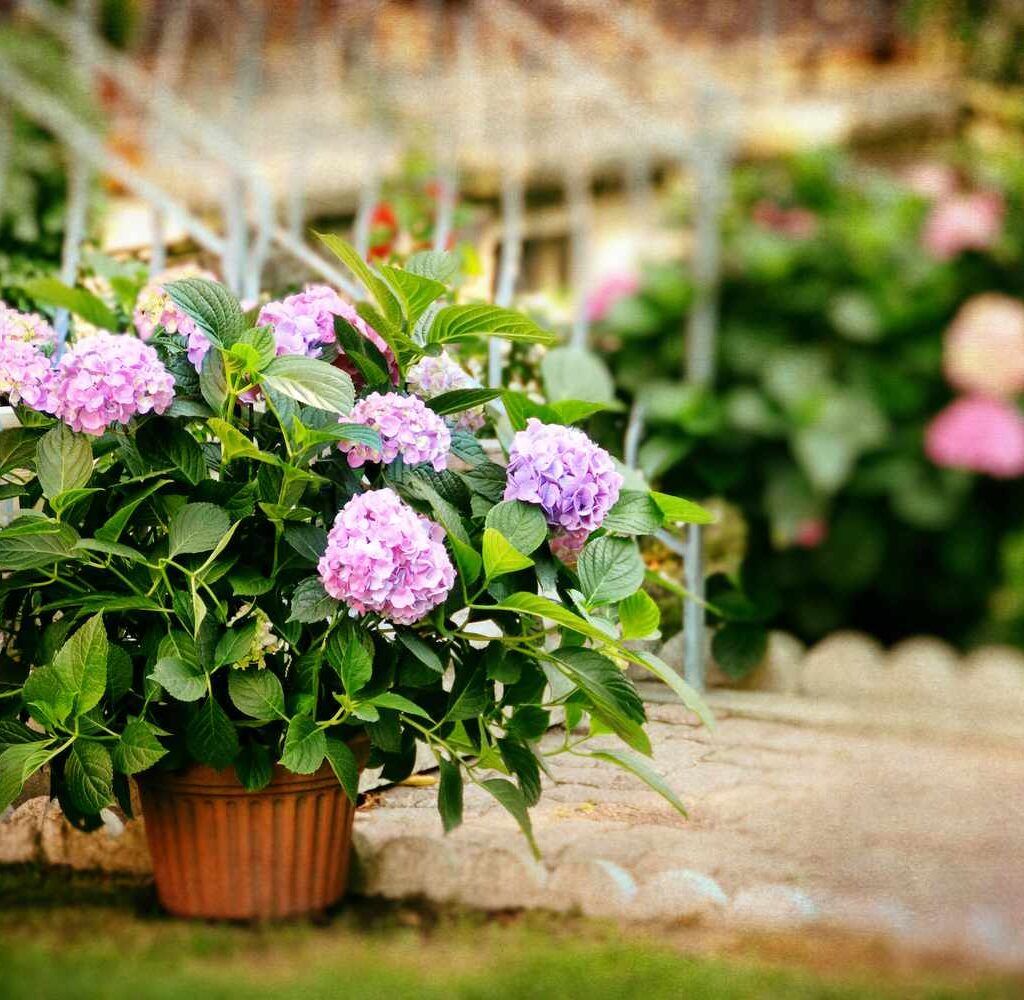
3. Test and Adjust Your Soil pH
One of hydrangeas’ most charming traits is their color-changing ability in certain varieties, depending on soil pH.
- Acidic Soil (pH below 6): Produces blue blooms.
- Alkaline Soil (pH above 7): Turns flowers pink.
- Neutral Soil (pH around 6-7): May result in purple or mixed hues.
How to Adjust pH:
- To lower pH (make soil more acidic): Add aluminum sulfate or sulfur.
- To raise pH (make soil more alkaline): Use garden lime.
Tip: Regularly test soil pH using a home kit for more predictable flower colors.
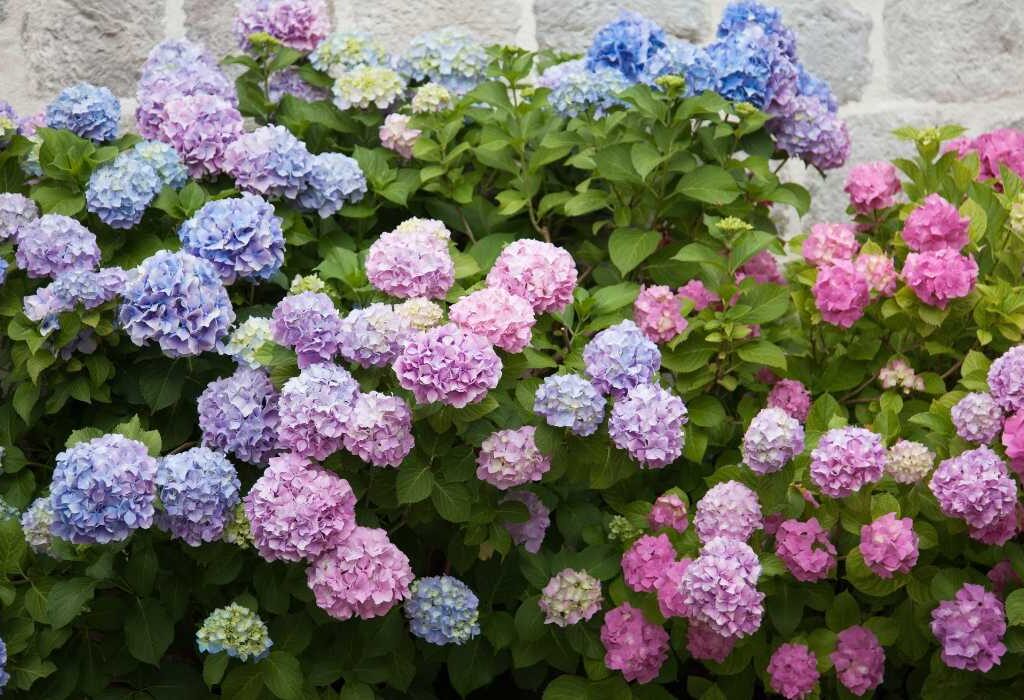
4. Water Regularly and Deeply
Hydrangeas are moisture lovers and need consistent watering, especially during dry spells and the heat of summer.
Watering Guidelines:
- Frequency: 1-3 times a week depending on rainfall.
- Depth: Water deeply so moisture reaches the roots.
- Method: Use a soaker hose or water at the base to avoid wetting leaves, which can encourage disease.
Reminder: Mulch around the base of the plant to help retain soil moisture.

5. Mulch Generously
Applying a 2-3 inch layer of organic mulch around your hydrangeas offers multiple benefits:
- Retains soil moisture.
- Regulates soil temperature.
- Suppresses weeds.
- Adds organic matter as it breaks down.
Best Mulch Choices:
- Shredded bark
- Pine needles
- Leaf mold
- Compost
Tip: Keep mulch a couple of inches away from the stem to prevent rot.
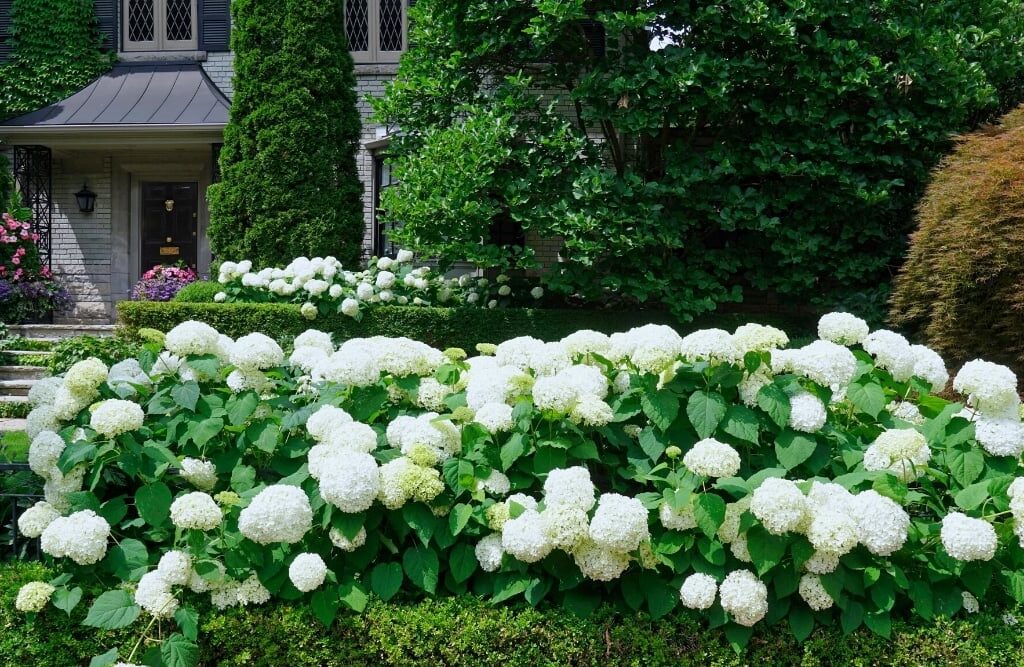
6. Fertilize at the Right Times
Hydrangeas are not heavy feeders but do benefit from timely, balanced nutrition to support growth and blooms.
Fertilizing Schedule:
- Spring: Apply a balanced, slow-release fertilizer (10-10-10).
- Mid-summer: Light feeding if needed, especially for repeat-blooming varieties.
- Avoid late-season fertilizing, which can promote tender growth susceptible to winter damage.
Note: Over-fertilizing can lead to lots of leafy growth with fewer flowers.
7. Prune Carefully Based on Variety
Pruning hydrangeas correctly is crucial since different types bloom on either old wood (last year’s stems) or new wood (current year’s growth).
Pruning Guidelines:
- Bigleaf & Oakleaf Hydrangeas: Prune immediately after flowering. Only remove dead, damaged, or crossing branches.
- Panicle & Smooth Hydrangeas: Cut back in late winter or early spring before new growth starts. These bloom on new wood.
Pro Tip: If in doubt, limit pruning to deadheading and removing deadwood.
8. Protect from Pests and Diseases
While generally hardy, hydrangeas can be affected by a few pests and diseases.
Common Issues:
- Aphids, spider mites, and slugs
- Powdery mildew
- Leaf spot
Solutions:
- Regularly inspect plants and treat pests with insecticidal soap or neem oil.
- Ensure good air circulation.
- Avoid overhead watering to reduce fungal disease risk.
Tip: Healthy, well-spaced plants are naturally more resistant to problems.
9. Prepare for Winter
Depending on your region, some hydrangeas need protection to survive the winter, especially varieties like Bigleaf Hydrangeas in colder zones.
Winter Protection:
- Apply a thick layer of mulch around the base in late fall.
- Wrap shrubs with burlap in particularly harsh winters.
- Avoid late-season pruning that stimulates tender growth prone to frost damage.
Bonus: Smooth and Panicle Hydrangeas are among the hardiest and rarely need extra winter care.
10. Consider Propagating Your Hydrangeas
Why not multiply your favorite plants for free? Hydrangeas are easy to propagate through cuttings.
Simple Propagation Steps:
- Cut a 4-6 inch softwood stem in late spring or early summer.
- Remove lower leaves, leaving the top two.
- Dip in rooting hormone and plant in a moist potting mix.
- Cover with a plastic bag to retain humidity.
- Place in indirect light and keep soil moist.
- Transplant once roots develop.
In a few weeks, you’ll have new plants to expand your hydrangea collection or share with friends.
Final Thoughts
Hydrangeas are truly one of the most rewarding garden plants you can grow. With their lush blooms, versatility, and ease of care, they offer beauty and charm to any landscape. By following these 10 essential tips — from choosing the right variety and planting location to pruning correctly and maintaining healthy soil — you can enjoy stunning hydrangeas season after season.
Whether you’re aiming for serene blues, soft pinks, or snow-white blossoms, hydrangeas will deliver a breathtaking display that turns heads and brings timeless elegance to your garden.
